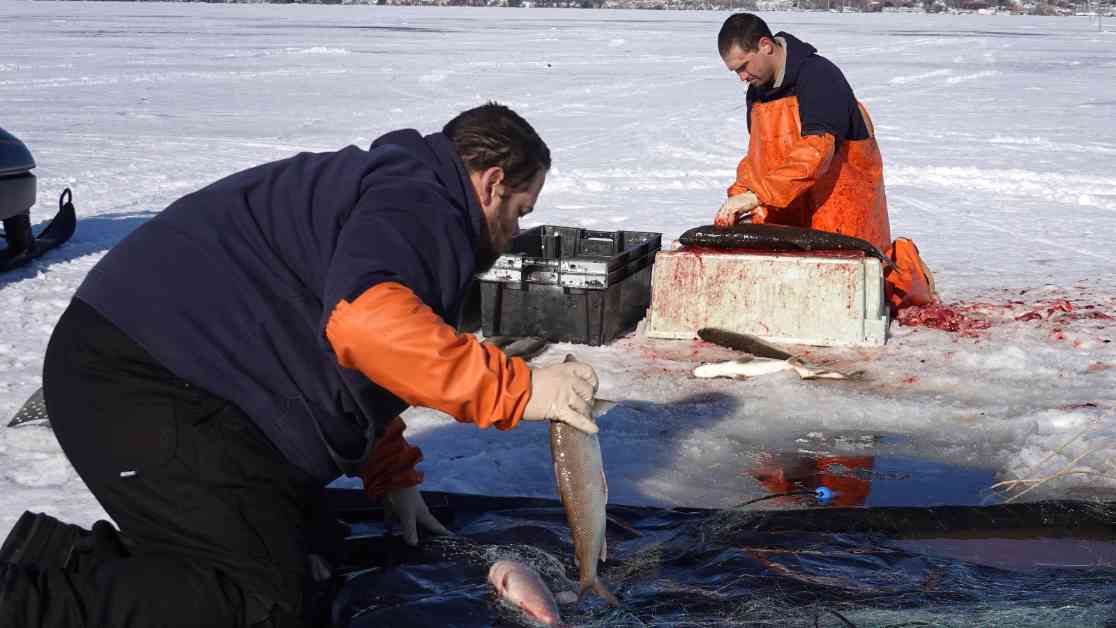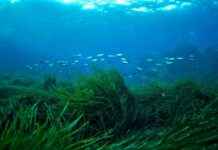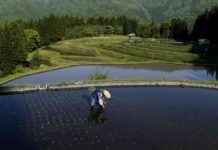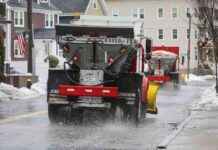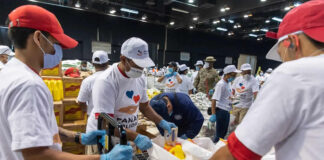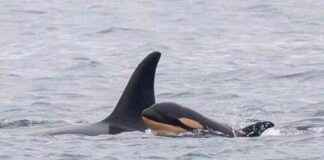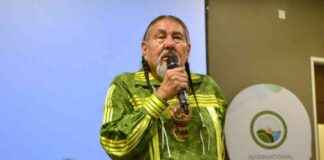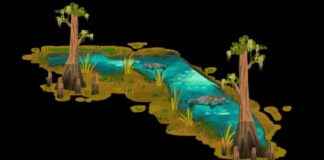The Great Lakes, home to lakes Michigan, Erie, Superior, Huron, and Ontario, are essential bodies of freshwater that make up about a fifth of the world’s fresh surface water. While satellite technology can measure ice cover on the lakes, determining ice thickness remains a challenge.
To address this issue, the nonprofit Great Lakes Observing System (GLOS) has initiated a program where ice fishing anglers and other individuals venturing onto the frozen lakes can provide measurements of ice thickness, snow cover, and other conditions. The data collected will enhance existing ice modeling efforts and benefit practical applications such as commercial shipping schedules and recreational activities like fishing and snowmobiling.
Shelby Brunner, a science and observation manager with GLOS, underscored the significance of accurate ice thickness data for safety, maritime economy, icebreakers, rescue operations, and other essential purposes. She emphasized the lack of reliable methods for determining ice thickness, reinforcing the importance of the community-driven data collection initiative.
Despite challenges posed by funding uncertainties in the wake of policy changes, GLOS remains committed to its mission. The nonprofit faced a temporary setback following a freeze on federal spending by the Trump administration, impacting its financial stability and operational capacity. However, swift restoration of funding underscored the critical role played by GLOS in supporting scientists, policymakers, and industries dependent on its services, including the National Weather Service.
Uncertainty in Federal Funding: Implications for Scientific Research
Amidst a changing political landscape, federal agencies like NOAA have faced budgetary constraints and restructuring threats, raising concerns about the future of scientific research and public services. The Trump administration’s actions to pause federal spending allocations, including funds earmarked for NOAA under the Inflation Reduction Act, have prompted debates about constitutional implications and potential agency downsizing.
Environmental nonprofits and experts have warned against the adverse effects of reducing resources to NOAA, highlighting the agency’s pivotal role in providing crucial public services such as weather forecasting and fisheries management. Juan Declet-Barreto of the Union of Concerned Scientists emphasized the widespread reliance on NOAA data for daily activities, emphasizing the irreplaceable nature of the agency’s contributions to public welfare.
Community Engagement in Data Collection: The Human Element
The grassroots approach to gathering ice thickness data reflects a community-driven effort to enhance scientific modeling and predictions. Inspired by regional ice modelers’ need for more detailed information, Shelby Brunner initiated the community data program, drawing on the expertise of local ice fishermen like her father.
Acknowledging the variability of Great Lakes ice coverage over the years and the broader implications of climate change, Brunner stressed the importance of capturing accurate data to improve forecasting models. While recognizing potential limitations in data quality and coverage, she emphasized the value of community-sourced estimates in refining ice modeling efforts.
Moving forward, GLOS plans to leverage the collected data to enhance existing modeling tools and inform stakeholders like water treatment plant managers, the Coast Guard, and the National Weather Service. By integrating public observations with scientific expertise, the initiative aims to provide actionable insights for decision-makers across the Great Lakes region.
In conclusion, the collaborative efforts of GLOS and local communities underscore the significance of community engagement in scientific research. By bridging the gap between public participation and data-driven insights, initiatives like the Great Lakes ice thickness project exemplify the power of grassroots contributions to advancing scientific knowledge and informing critical decision-making processes.

